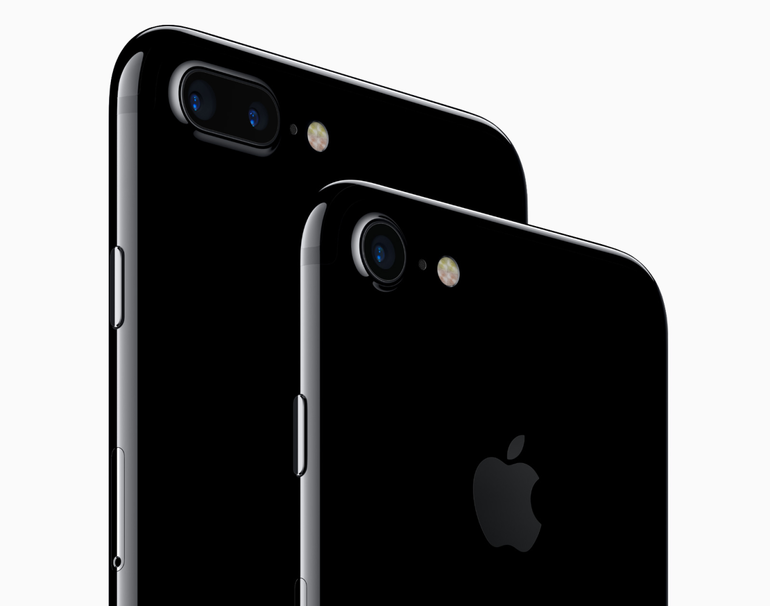
Image: Apple
Apple’s iPhone 7 and iPhone 7 Plus officially went on sale with lines forming at stores and a few folks who didn’t heed warnings that supply was tight. The larger question is whether Apple misplayed its supply chain projections.
Evidence is stacking up that the iPhone 7 upgrade cycle may be better than expected. The iPhone 7 Plus may sell especially well given its two-camera setup. Many prognosticators opined that the iPhone 7 would be an incremental upgrade ahead of the 10th anniversary launch next year. Apple may have also believed that take.
CNET: No iPhone 7 Plus? No problem on Apple launch day
But then Samsung had its Galaxy 7 Note recall. And then Apple’s new features for the iPhone 7 exceeded low expectations. Before you know it, Apple had its usual supply and demand imbalance. What remains to be seen is whether the shortages are going to be more marketing or more forecasting.
Also: iPhone 7 Plus, jet black iPhone 7: Apple has already sold out of initial stocks | Five security settings in iOS 10 you should immediately change | iPhone 7 shattering pre-order records | Apple iPhone 7, iPhone 7 Plus reviews in: Specs, camera upgrades point to age of incremental
What makes the game of guessing iPhone supply all the more interesting is that Apple isn’t talking. T-Mobile and Sprint are talking, and carriers will provide some color on demand. Analysts are working the supply chain and lead time tracking too.
Cowen and Co. analyst Timothy Arcuri said in a research time that lead times are “virtually up across the board”. The iPhone 7 Plus is trending well above its sibling in demand in the US. In China, the iPhone 7 Plus supply may be exceeding demand.
Here’s Arcuri’s handy chart:

Image: Timothy Arcuri
Arcuri’s take is that Apple is being prudent with its supply chain forecasting and wants to see how demand shakes out beyond launch day. He said in a research note:
Overall, the data validates Apple’s desire to maintain some supply constraints until demand becomes a little more certain, in an effort to avoid the supply glut and associated cuts in the supply chain for iPhone 6S starting last November. While demand has been good – in part fueled by new US carrier subsidies and of course the Samsung recalls can only help, we again note that our supply chain checks still do not indicate upward revisions to build plans at this time.
Those build plans have to increase if Apple is going to hit its first quarter revenue targets.
Without Apple releasing hard opening weekend sales data, the game of looking for any incremental information will continue.


